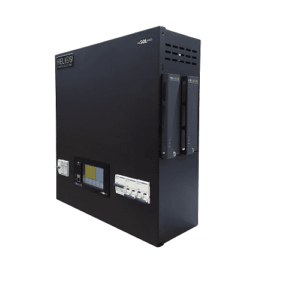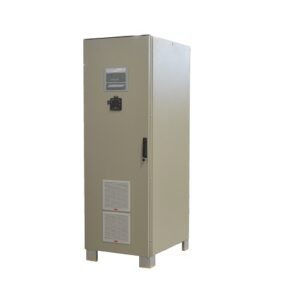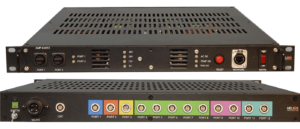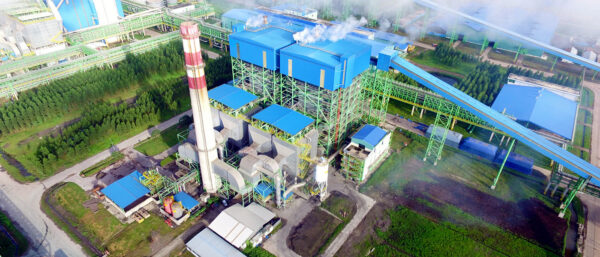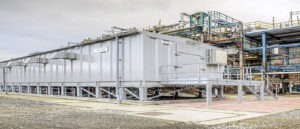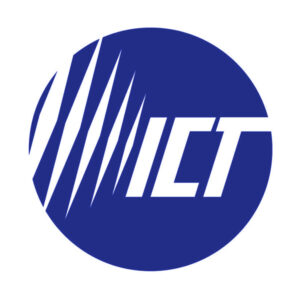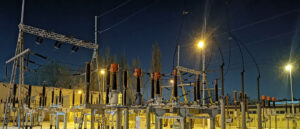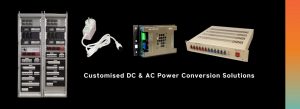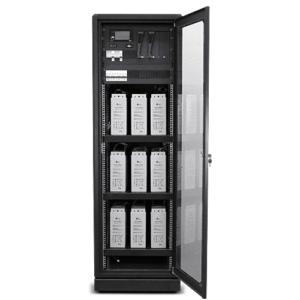Critical Infrastructure
Protection, identification and management of electrical power risks are of primary concern to any company associated with critical infrastructure. Any point of single failure brings about large consequences at the operational level. Securing essential services is a unique challenge for organisations responsible for operational continuity.
Hospitals, Water Treatment, Emergency Services, Hotels, Banking and Finance, Malls, Airports, Public service buildings all depend on electricity for basic needs such as food, water, shelter, communication, employment and healthcare. In any of these there are many critical situations. For example, an extended interruption of telephone and communications services during a major disaster, whether it is a terrorist attack or a natural disaster, may put lives in danger if the public is unable to call emergency services, or if other emergency communications are disrupted.
This is not the place to save money on providing quality power with back up, these industries need top quality products with fail safe systems.
Category
Critical Service
Emergency Services
Police Headquarters and stations
Fire Protection Service
Emergency Medical Service
Water Reticulation
Stormwater
Sewer Water
Transportation Systems
Tunnels
Rail Systems
Air traffic control and landing aids
Drawbridge operations
Medical Services
Operating Theatres
Telecommunications Systems (During emergency conditions)
Laboratories
Emergency and Life support devices
Emergency Lighting Systems
Elevator and Medical air conditioning

